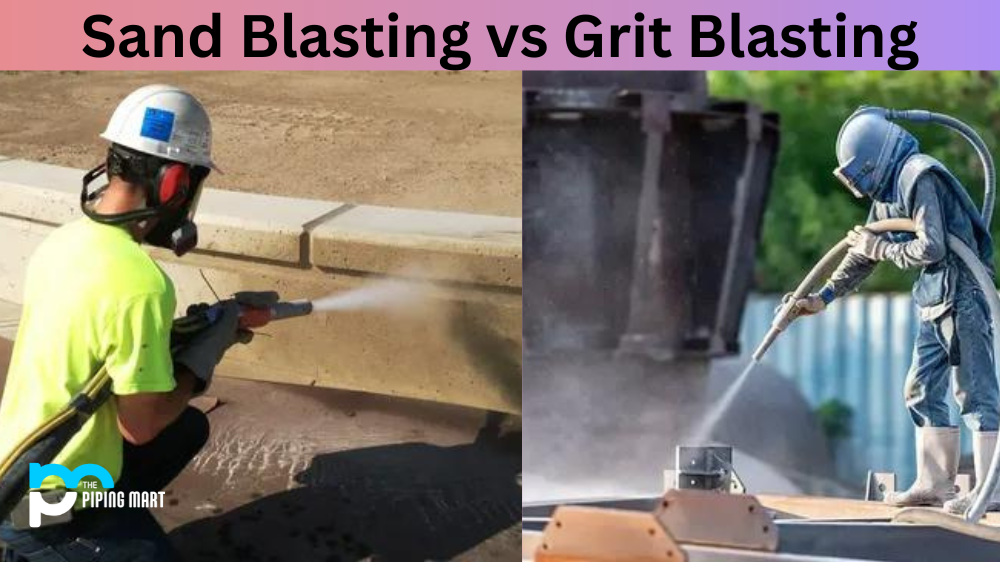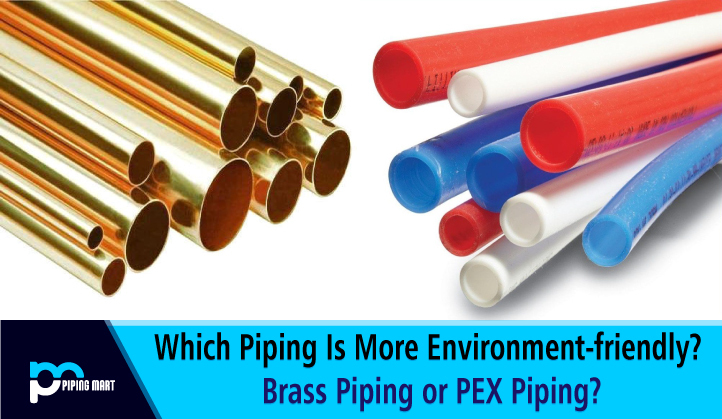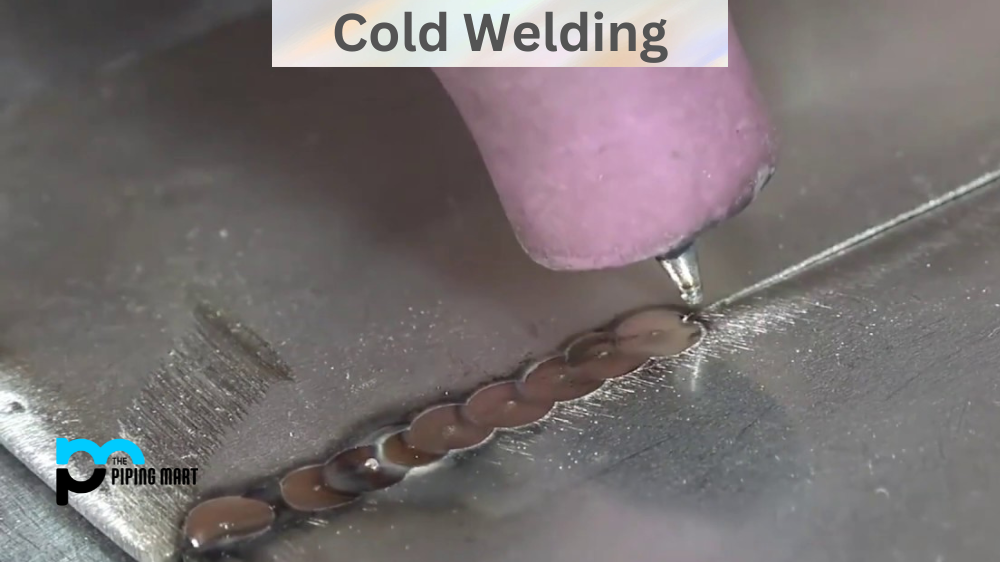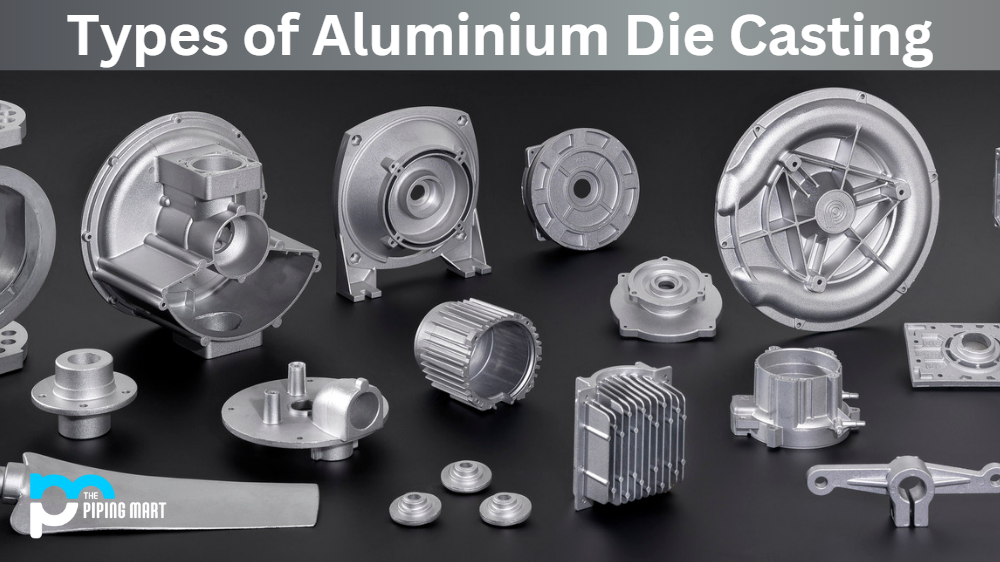In the world of surface preparation for industrial applications, numerous methods are available, each with benefits and drawbacks. Two standard procedures that are used are sandblasting and grit blasting. Although they may sound similar, there are significant differences between the two techniques. This post aims to provide a comprehensive guide to help you understand the differences between sandblasting and grit blasting and determine which is better suited for your needs.
What is Sand Blasting?
Sandblasting propels abrasive media against a surface at high speeds using compressed air. The abrasive media used in sandblasting is usually sand, which is why it is known as sandblasting. Sandblasting removes contaminants, rust, paint, and other unwanted materials from steel, concrete, and wood surfaces. The abrasive media used in sandblasting is potentially hazardous and can risk worker safety and the environment.
What is Grit Blasting?
Grit blasting is also known as abrasive blasting. Grit blasting is similar to sandblasting, but instead of sand, the abrasive media used in grit blasting is usually tiny metallic, glass, or ceramic particles known as grits. Grit blasting effectively removes rust, scale, and other contaminants from surfaces. The grit blasting process is much safer than sandblasting because it uses a recyclable abrasive media, which reduces environmental pollution and creates a safer working environment for workers.
Difference Between Sand Blasting and Grit Blasting
What are the Benefits of Sandblasting?
Sandblasting is a tried and tested technique widely used in various industries. The main benefit of sandblasting is that it effectively removes stubborn contaminants, paint, rust, and other unwanted materials from surfaces, making it ideal for industrial applications. Additionally, sandblasting can be used on a wide range of characters, including concrete, wood, and steel, and is effective in preparing surfaces that require painting or coating.
What are the Benefits of Grit Blasting?
Grit blasting is a newer technique than sandblasting and has gained popularity because of its numerous benefits. The main advantage of grit blasting is that it uses environmentally friendly media, making it safer for workers and the environment. Unlike sandblasting, grit blasting is also more precise, making it a popular choice for applications requiring a high surface finish. Additionally, the recyclable media used in grit blasting is cost-effective and efficient, reducing operational and maintenance costs.
Which is Better?
When choosing between sandblasting and grit blasting, the right choice depends on what you want to achieve. Sandblasting is the best option to remove stubborn contaminants, old paint, rust, or other unwanted materials from a surface for resurfacing. However, grit blasting is better if you require precise cleaning and surface preparation without damaging the surface.
Advantages of Sand Blasting
Some of the advantages of sandblasting include:
- It is effective at removing contaminants from surfaces.
- It can be used on a variety of different materials.
- It is a relatively fast process.
Advantages of Grit Blasting
Some of the advantages of grit blasting include the following:
- It effectively removes contaminants from hard surfaces that are difficult to clean with sandblasting.
- It can be used on a variety of different materials.
- It is a relatively fast process.
Conclusion
In conclusion, choosing between sandblasting and grit blasting depends on your requirements. Both techniques have benefits and drawbacks, and your choice should be based on carefully considering your project needs. Always prioritize worker safety and environmental sustainability when choosing any surface preparation method.

Meet Bhavesh, a seasoned blogger with a wealth of knowledge and experience. From metal products manufacturing to retail, Bhavesh has a diverse background in various industries and is dedicated to sharing his insights and expertise with readers.




